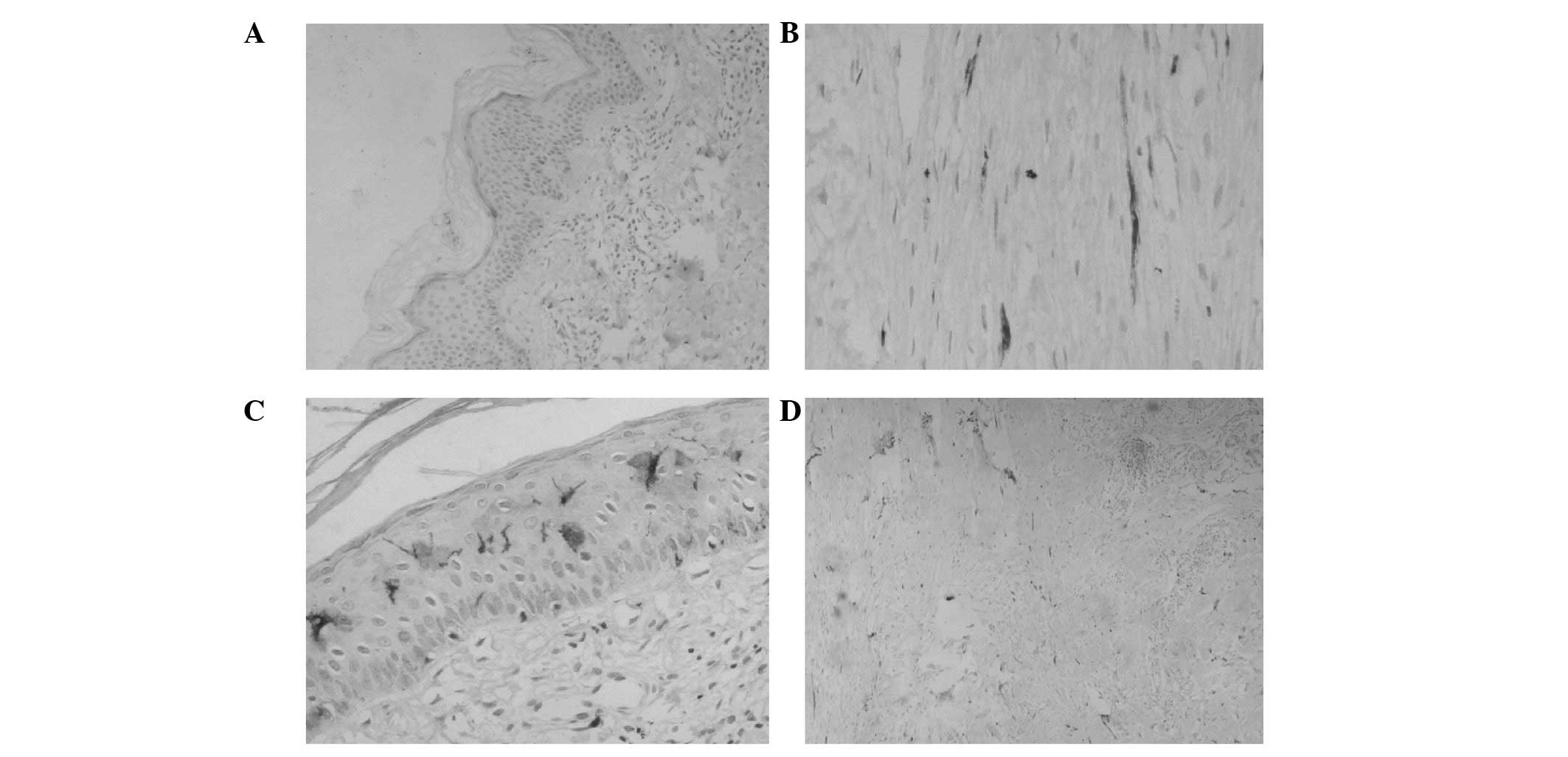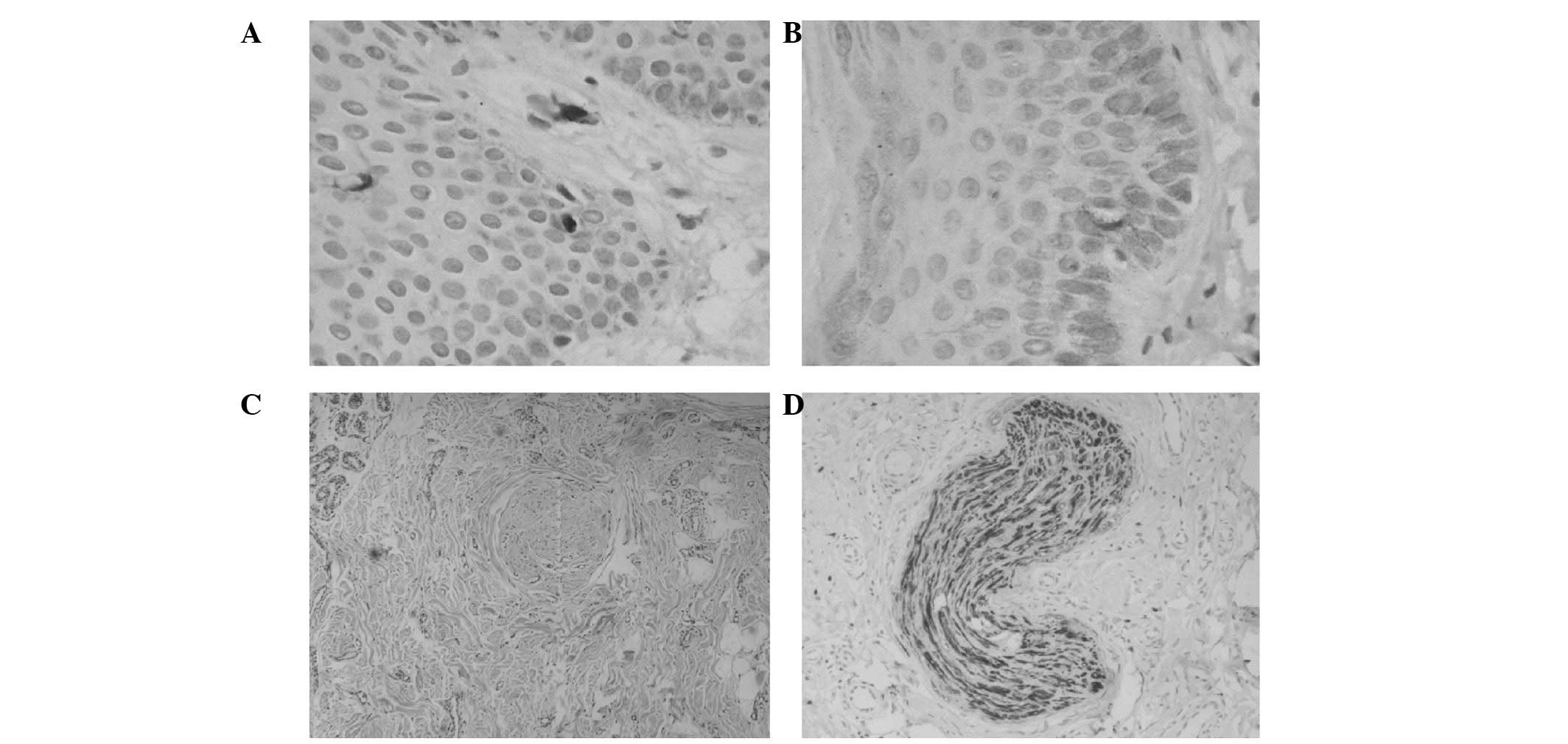Functional sensory function recovery of random-pattern abdominal skin flap in the repair of fingertip skin defects
- Authors:
- Published online on: December 24, 2012 https://doi.org/10.3892/etm.2012.877
- Pages: 830-834
Metrics: Total
Views: 0 (Spandidos Publications: | PMC Statistics: )
Total PDF Downloads: 0 (Spandidos Publications: | PMC Statistics: )
Abstract
The fingertip skin defect is a common hand injury often accompanied by tendon or bone exposure, and is normally treated with flaps. The aim of this study was to evaluate the functional sensory recovery of random-pattern abdominal skin flap in the repair of fingertip cutaneous deficiency. A total of 23 patients, aged between 18 and 50 years (mean age, 31 years) with fingertip cutaneous deficiency (30 digits) were treated with random-pattern abdominal skin flaps. The post-debridement defect area measured from 0.7x1.2 to 2.5x3 cm. The flap pedicle was divided three weeks after surgery, which marked the onset of the second stage. A second surgery was performed on 2 patients after 3 months and on another set of 2 patients after 6 months to create a thinner flap. Tissue was dissected during surgery for a histological examination. All the flaps survived and the post-operative follow-up ranged from 2 weeks to 6 months. Patients were satisfied with the appearance of their fingers and the flaps. All flaps demonstrated satisfactory flexibility and texture and sensory recovery was achieved. Only 4 patients were subjected to a second surgery to make the flap thinner. The flaps for the 3-month tissue section had several low-density, free nerve endings, whereas those of the 6-month section had more intensive free nerve endings, nerve tracts, tactile cells and lamellar corpuscles. Random-pattern abdominal skin flap therefore repairs fingertip skin defects achieving sensory recovery.











